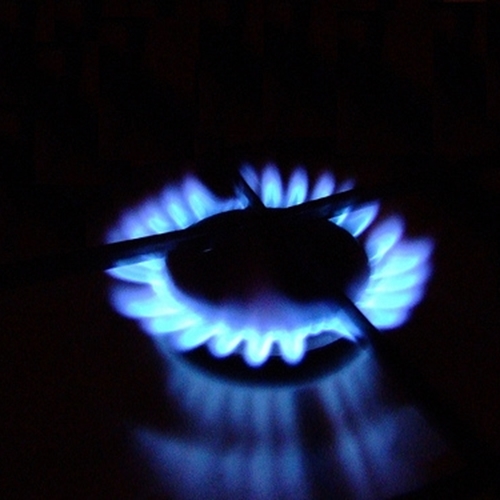
While it is often used in fueling, heating and cooking, methane gas can be extremely dangerous. It presents a threat when exposed in an unfiltered and unprocessed manner and can cause significant damage. A proper methane gas detector can prevent gas leaks from significantly harming people and destroying buildings, but what exactly makes the element so deadly?
Methane is a chemical compound comprised of one carbon molecule and four hydrogen molecules. It is an odorless, colorless gas in its normal state, but providers usually chemically alter its smell to let people know when a leak may be occurring. Given that it's a gas, suppliers must be careful when transporting methane and it often must be compressed to travel.
Methane gas is extremely flammable and may explode if heated or mixed with combustible materials. Most explosions happen when oxygen levels drop below 5 percent. Currently, there are no state or federal standards for methane found in drinking water or in the air inside residential buildings. However, it is recommended that the minimum amount of oxygen in the home or workplace should be at least 18 percent. An oxygen sensor is a great tool to determine if proper standards are met.
Rise in methane
Global warming has ravaged the North and South Poles, causing an abundance of methane to be released into the air, up to an additional 7.4 million cubic meters, according to researchers from the University of Berlin.
While global warming may be the predominant cause, the methane increase can be attributed to a variety of factors. Scientists believe that earthquakes may have assisted the methane spike, especially those in the Makran Subduction zone in the Arabian Sea. Researchers investigated the area in 2007, finding that the water pressure just above the ocean floor may be perfect to stabilize methane formation.
The abundance of methane can have a drastic impact on the economy. In a report in the journal Nature, researchers peg the potential cost of the rise of methane gas in the East Siberian Sea at $60 trillion.
"The global impact of a warming Arctic is an economic time-bomb," said Gail Whiteman, professor of sustainability at Rotterdam School of Management and a co-author of the study. "The imminent disappearance of the summer sea ice in the Arctic will have enormous implications for both the acceleration of climate change, and the release of methane from off-shore waters which are now able to warm up in the summer. This massive methane boost will have major implications for global economies and societies."
Effects when exposed
Methane gas leaks that are not properly contained can cause significant damage. Methane would be picked up by a combustible gas detector – a smart technology for businesses to install in warehouses and other facilities – as its flammable nature can present problems in industrial spaces where powerful heavy machinery is present. Improper safety standards can exacerbate the problem and the financial toll. Ensuring that detection equipment is up to code and evacuation plans are in order can limit damage and injury.
While most damage occurs when methane is exposed to flames or heat, people can show effects of methane exposure. When oxygen levels dip below 15 percent, people may begin to feel dizzy or complain of a headache.
Industrial Safety News brought to you by Safety Systems Technology, Inc., leaders in fire and gas detection systems.